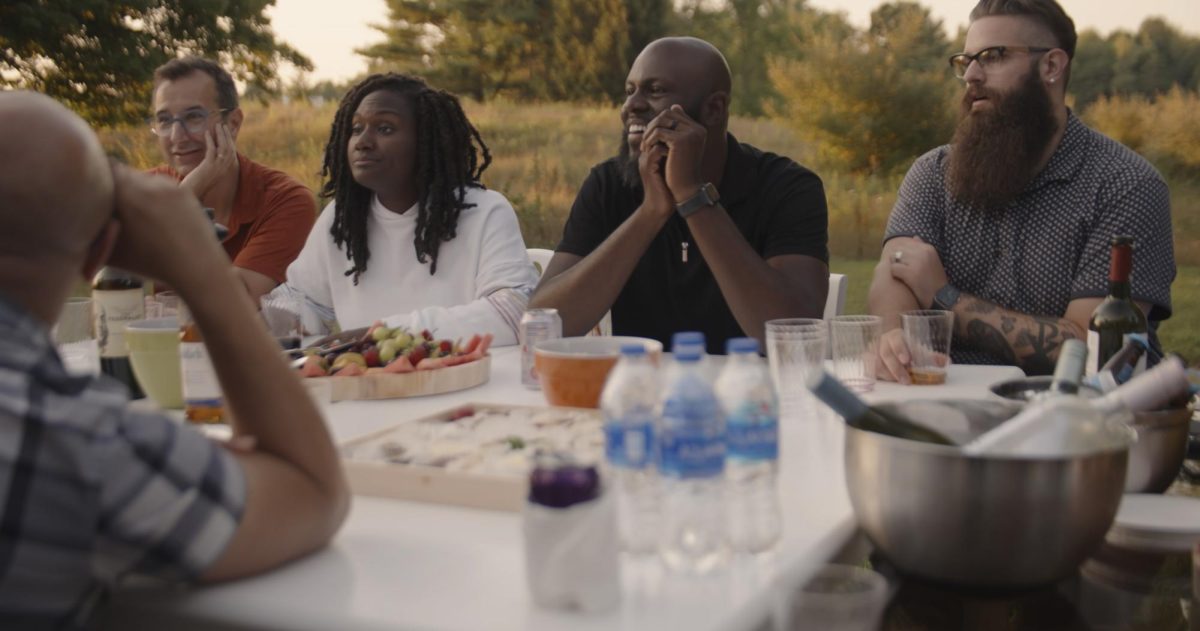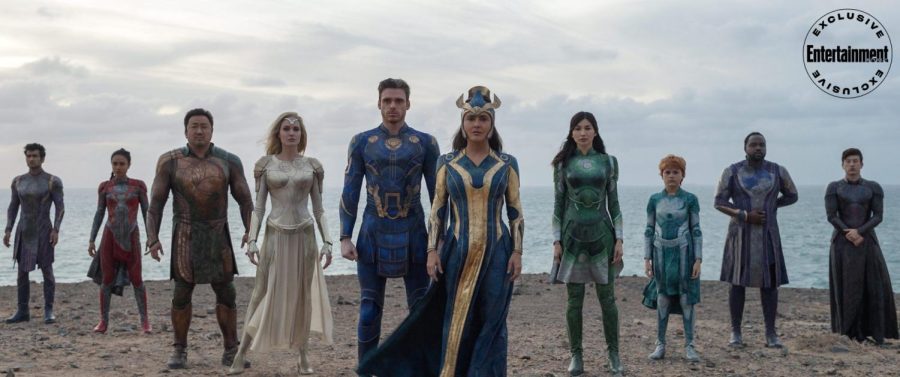“Heroes come in all shapes and sizes … even in rectangles.” This is the tagline for “The Boxtrolls,” and, after watching the movie, I can readily admit that heroes do come in the shapes of rectangles — well, in the shapes of cardboard boxes, to be precise. The heroes within the boxes are the boxtrolls, “grotesque monsters” brought to life in an animated, family-friendly comedy created by the Laika animation studio and co-directed by Graham Annable and Anthony Stacchi.
The storyline is nothing new: first, the underdogs must overcome oppression to save themselves. Then, they must bring evil to justice. However, “The Boxtrolls” explores the theme of good versus evil by highlighting the problems of self-centeredness and undervaluing outsiders. There are two main forces in the film. The first is Lord Portley-Rind, a prominent leader in Cheesebridge. His primary concern is cheese, the equivalent to gold, and maintaining his esteemed position in the ruling class of white-hatted men — white hats symbolize power and cheese prestige. The second holder of power is Snatcher, a red-hatted villain who ardently desires a white hat. Snatcher frames the boxtrolls for murder and cheese thievery. To prevent the boxtrolls from stealing cheese, Portley-Rind enlists Snatcher as an exterminator; in return, when every single boxtroll is proven dead, Snatcher will receive his very own white hat. However, Egg, an orphan boy raised by the boxtrolls, and Winnie, Portley-Rind’s daughter, defiantly oppose Snatcher and try to prevent the extermination.
As the first scene of the boxtroll extermination begins, Snatcher’s henchmen drive into the alley yelling, “We are good exterminators! We are exterminating good!” To my horror, the three of them proceed to slam the boxtrolls with bats. At one point, two of the henchmen stop what they are doing and question their actions: “Do boxtrolls have feelings like we do?” and “if they are bad, can’t we teach them to change their ways?” Even though the self-centered town of Cheesebridge believes that extermination is right, the henchmen are able to step outside of the bounds of society and examine their actions. This is the heart of the film, to question our susceptibility to believe that we are always in the right. Sometimes we just need to pause and reevaluate.
For a person who does not like stop-motion animation, I was surprisingly immersed in the cinematography. The stop-motion animation that Laika created is simply amazing; it is a combination of 3D stop-motion and CGI. The sculpted models reflect human-like physical features, while villains are surreal caricatures of reality. Another wonderful aspect of Laika’s animation is that each character — even the 30-some boxtrolls — are individualized with detail. While other stop-motion movies have awkward, staggered movement, this film’s characters move in fluid motions that transition smoothly between each photographed frame. The lifelike physical characteristics of the models and the surreal environment they live in create juxtaposition and tension within the distorted reality of Cheesebridge.
Continuing in their superb-ness, Laika cast experienced actors and actress. During the closing credits, I was surprised to read that the actor Ben Kingsley — who normally sounds eloquent — voiced phlegmy-sounding Snatcher. It was impressive how Kingsley was able to distinctly embody such grossness by using only his voice. Another actress and a familiar American star, Elle Fanning, lends her voice to Winnie, the strong-willed heroine. At times, 16-year-old Fanning sounds too old and mature for young Winnie. However, her performance, in an accurate British accent, was still pleasing to the ear.
Even though Laika’s “The Boxtrolls” is not the Pixar-style animation and storytelling we are used to, it definitely offers a welcome variety in the children’s movie genre. Even though it is not “Despicable Me,” where everything is cute, cuddly and upbeat, and it lacks the pretty, large-eyed characters of “Tangled”, “The Boxtrolls” gives children and adults a good scare with the grotesque but unveils a good message with the ugly. Through the henchmen, we learn that even when we make mistakes, redemption is still attainable through self-evaluation followed by corrected actions. I would recommend “The Boxtrolls” to people of all age groups. Children and adults will enjoy its great animation, interesting storyline and thought-provoking message at its heart.







